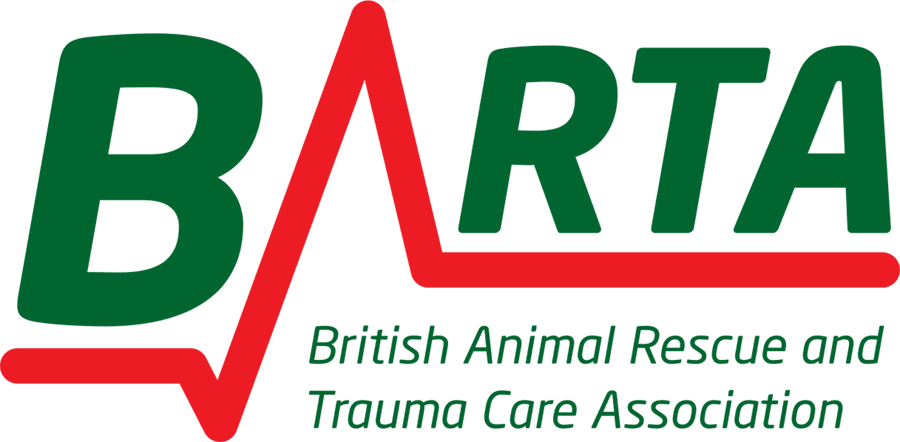Our Story So Far
Firefighters in the 1990’s began looking for guidance and more appropriate techniques for the rescue of large animals.
Animal handling training began in the mid 1990’s to help firefighters understand how animals behave and react, but there remained no standard rescue techniques.
2004
Hampshire Fire and Rescue Service introduced the concept of animal rescue subject matter advisors, officers from rural backgrounds who understood both animals and emergencies.
Jim Green, a founding member of this team, along with colleagues, began to research and develop better ways of working.
This team looked both nationally and internationally for ideas and people with whom to collaborate with and to share practices.
2007
2007 saw the launch of an Emergency Services Protocol and equine veterinary directory by the British Horse Society and British Equine Veterinary Association.
Written in response to calls from equine media and welfare organisations for better animal rescue provision within rescue services. Events were cited where lack of knowledge, particularly from first responders placed themselves and the public in immediate danger, with the knock on effect of poor animal welfare and even suffering.
BEVA President, Professor Josh Slater, began considering training needs of the veterinary profession in supporting emergency responders. He understood the potentially growing demand for vets to train for these incidents, something their university curriculum did not prepare them for.
This is where Jim and Josh began to form their vision for a cohesive, multi agency initiative within the UK and haven’t stopped driving that vision forward since.
2008
Following a successful national animal rescue conference hosted by Hampshire Fire and Rescue Service, in 2008 the Chief Fire Officers Association (CFOA) established an Animal Rescue Practitioners Forum (ARPF).
Led by Hampshire the forum was mandated to develop national standard operating procedures (SOP’s) for animal rescue and supplement that with approved techniques, equipment and training.
The fire and rescue service and British Equine Veterinary Association have been working together to deliver joint training and awareness since 2008.
2009
In 2009 the British Cattle Veterinary Association recognised the role their members could play in supporting livestock emergencies.
Jim and Josh travelled to South East Turkey to run a conference and support local responders following a successful bid for European funding.
2010
By 2010 the UK Fire and Rescue Service had standardised policies and procedures for large animal rescue.
Over two years following the launch of the Animal Rescue Practitioners Forum, documents were created that would underpin the formation of the nation’s animal rescue teams.
Training became standard throughout UK fire and rescue services of which 90% had an animal rescue component and are working to national guidelines.
Anthony Hatch, a senior firefighter from New South Wales, Australia, travelled to the UK via the US on a Churchill Fellowship, researching good practices to take back to his home country
2012
Jim Green supported the Veterinary Services Team during the 2012 London Olympics as a rescue consultant. This reinforced a growing understanding that the presence of animals provides the opportunity for hazardous situations to occur in a wide range of events and working environments.
BARTA was inaugurated in October 2012 by co-founders Jim Green and Josh Slater to provide structure and support to the growing animal rescue initiative which was now spreading to various agencies and disciplines.
Those benefiting from advice and training now extended to firefighters, veterinarians, animal welfare groups, RSPCA, Mounted Regiments and equine event organisers.
2015
In 2015 BARTA hosted an inaugural conference in Prague, Czech Republic which was attended by delegates from 16 countries.
It became obvious that the needs of the international community were very much aligned and BARTA began to forge relationships that would support an ongoing collaborative approach.
2016
In 2016 BARTA developed bespoke solutions to the growing issues of animals on the UK motorway network for Highways England.
Safety, animal welfare and economic considerations led to a multi faceted plan for Highways England Traffic Officers to learn, assess and respond safely to the 4500 animal related incidents they were dealing with on the motorway network annually.
2017
In 2017 Jim took a sabbatical from Hampshire Fire and Rescue Service to work at the School of Veterinary Medicine at the University of California.
This was in response to a request for assistance to develop an integrated model which would support emergency responders and vets to fulfil their roles in emergencies and disasters.
In October 2017 BARTA teamed up with UC Davis to host a second BARTA conference, this time with a heavy focus on managing risk and meeting societal needs in the context of Incidents Involving Animals.
2019
In 2019 BARTA became a subsidiary of the Horse Trust in order to provide stability and sustainability against a long term vision and commitment to supporting agencies who deal with emergencies involving animals.
Collaborative working groups were established to ensure all outcomes are evidenced based and supported by consensus of opinion by subject leads.

The first project was to provide guidance in support of pet oxygen therapy equipment, now becoming widely utilised by emergency responders. Similar to human Immediate Emergency Care (IEC), BARTA critical care experts provide structure and training to ensure a standardised approach to the needs of animals in emergencies and disasters.
2020
In this year BARTA piloted their Emergency Responder Situational Awareness training package with the NFCC working group.
This resource provides a foundation for identifying how animals impact organisations and what training and equipment provision might be best suited to their role.
This free to use initial level resource can be viewed here: Incidents Involving Animals – Initial



